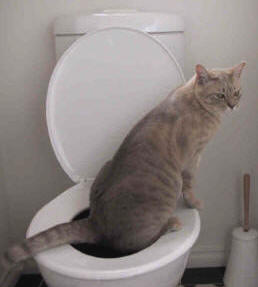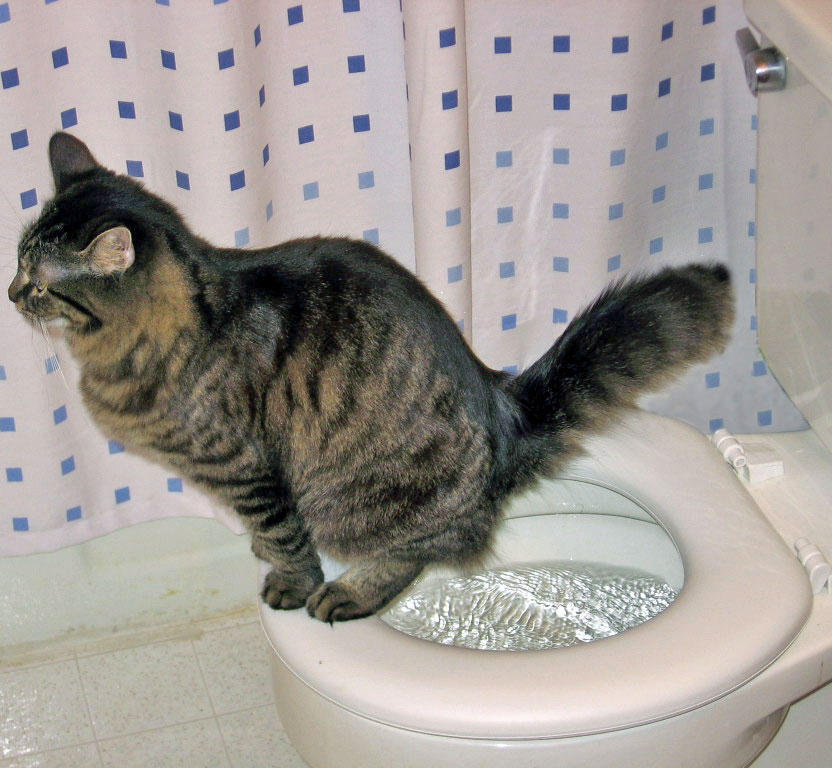Uncovering the Harms of Flushing Animal Waste Down the Toilet
Uncovering the Harms of Flushing Animal Waste Down the Toilet
Blog Article
What are your insights and beliefs on Why you should never flush dog poop down the toilet?

When it pertains to dealing with waste, specifically animal waste, many people typically consider the convenient choice of flushing it down the commode. Nonetheless, this seemingly simple service can have severe repercussions for the atmosphere and public health. In this post, we'll explore why flushing pet waste down the bathroom is a bad concept and supply alternative approaches for appropriate disposal.
Introduction
Correct waste disposal is critical for preserving environmental sustainability and public health. While it might appear harmless to purge animal waste down the toilet, it can bring about different problems, both for the atmosphere and human well-being.
Risks of flushing animal waste
Environmental impact
Flushing pet waste presents harmful bacteria and pathogens into rivers, which can negatively influence marine ecological communities. These microorganisms can infect water sources and injury marine life, interfering with delicate environments.
Public health concerns
Pet waste has harmful germs such as E. coli and Salmonella, which can posture serious health and wellness threats to human beings. Flushing animal waste down the bathroom can pollute water supplies, resulting in the spread of illness and infections.
Alternatives to flushing
As opposed to purging pet waste down the commode, there are numerous different disposal approaches that are extra eco-friendly and sanitary.
Composting
Composting pet waste is an environmentally friendly method to deal with it. By composting, organic matter is broken down right into nutrient-rich soil, which can be used to feed gardens and plants.
Land fill disposal
Taking care of pet waste in a garbage dump is an additional choice. While not as eco-friendly as composting, it is a much safer choice to flushing, as it avoids the contamination of water resources.
Pet garbage disposal systems
There are customized animal garbage disposal systems available that safely and hygienically take care of animal waste. These systems typically make use of enzymes to break down waste and eliminate odors.
Steps to appropriate pet garbage disposal
To make certain correct disposal of pet waste, follow these steps:
Scooping and nabbing waste
On a regular basis scoop and bag pet waste making use of eco-friendly bags. This protects against waste from infecting the setting.
Making use of assigned waste containers
Dispose of bagged pet waste in assigned waste containers, such as garden compost bins or land fill bins. Avoid flushing it check here down the toilet in any way expenses.
Cleaning can and pet locations regularly
Regularly tidy can and animal locations to avoid the build-up of waste and germs. Use pet-safe cleansing products to keep hygiene.
Advantages of appropriate disposal methods
Embracing proper disposal techniques for pet waste provides numerous benefits:
Minimized environmental pollution
Proper disposal techniques lower the danger of environmental pollution, shielding waterways and environments from contamination
Minimized threat of water contamination.
By avoiding flushing animal waste down the bathroom, the danger of water contamination is significantly reduced, protecting public health.
Enhanced cleanliness and hygiene
Appropriate disposal techniques promote better sanitation and hygiene, creating a safer environment for both people and animals.
Final thought
To conclude, purging pet waste down the commode is unsafe to the setting and public health. By embracing alternate disposal techniques and following proper waste monitoring techniques, we can lessen the negative impact of pet waste and add to a cleaner, much healthier planet.
What To Do With Dog Poo – The Do's And Don'ts Of Disposing Of Faeces
Dog poo bins
Some councils provide dedicated dog waste bins in popular dog-walking areas that can take dog poo that has been bagged but you can legally dispose of dog waste in any public litter bin, as long as it is securely bagged. This also applies to your wheelie bin at home.
Do not flush
Water companies do not recommend flushing dog faeces down the toilet because certain parasites can survive the water processing treatment and are potentially harmful to humans. You should also never consider flushing dog poo that has been bagged down the toilet as the bags will not break down and instead create severe blockages in the sewage system.
In the woods
The Forestry Commission promotes a ‘stick and flick’ method for dealing with waste in the woods. This means finding a stick and using it to flick any poo from off the path so that it is out of the way of other walkers. You could also bury it as long as it is not in an area where there might be livestock.
Livestock
Parasites found in dog poo can be transmitted to livestock if they inadvertently eat infected faeces that has been left on grazing land. This could result in the death of sheep or abortion in cattle so you should always make sure you pick up your dog’s waste in fields where livestock could be present.

Regularly tidy can and animal locations to avoid the build-up of waste and germs. Use pet-safe cleansing products to keep hygiene.
Advantages of appropriate disposal methods
Embracing proper disposal techniques for pet waste provides numerous benefits:
Minimized environmental pollution
Proper disposal techniques lower the danger of environmental pollution, shielding waterways and environments from contamination
Minimized threat of water contamination.
By avoiding flushing animal waste down the bathroom, the danger of water contamination is significantly reduced, protecting public health.
Enhanced cleanliness and hygiene
Appropriate disposal techniques promote better sanitation and hygiene, creating a safer environment for both people and animals.
Final thought
To conclude, purging pet waste down the commode is unsafe to the setting and public health. By embracing alternate disposal techniques and following proper waste monitoring techniques, we can lessen the negative impact of pet waste and add to a cleaner, much healthier planet.
What To Do With Dog Poo – The Do's And Don'ts Of Disposing Of Faeces
Dog poo bins
Some councils provide dedicated dog waste bins in popular dog-walking areas that can take dog poo that has been bagged but you can legally dispose of dog waste in any public litter bin, as long as it is securely bagged. This also applies to your wheelie bin at home.
Do not flush
Water companies do not recommend flushing dog faeces down the toilet because certain parasites can survive the water processing treatment and are potentially harmful to humans. You should also never consider flushing dog poo that has been bagged down the toilet as the bags will not break down and instead create severe blockages in the sewage system.
In the woods
The Forestry Commission promotes a ‘stick and flick’ method for dealing with waste in the woods. This means finding a stick and using it to flick any poo from off the path so that it is out of the way of other walkers. You could also bury it as long as it is not in an area where there might be livestock.
Livestock
Parasites found in dog poo can be transmitted to livestock if they inadvertently eat infected faeces that has been left on grazing land. This could result in the death of sheep or abortion in cattle so you should always make sure you pick up your dog’s waste in fields where livestock could be present.

I'm certainly very focused on Can You Flush Dog and Cat Poo Down the Toilet? and I am hoping you enjoyed reading my page. Remember to take a moment to distribute this blog posting if you enjoyed it. We thank you for your readership.
Click Here Report this page